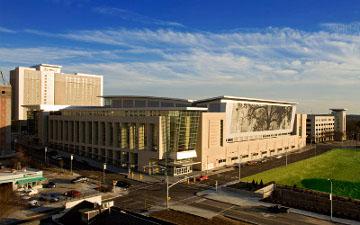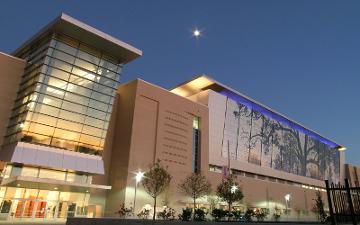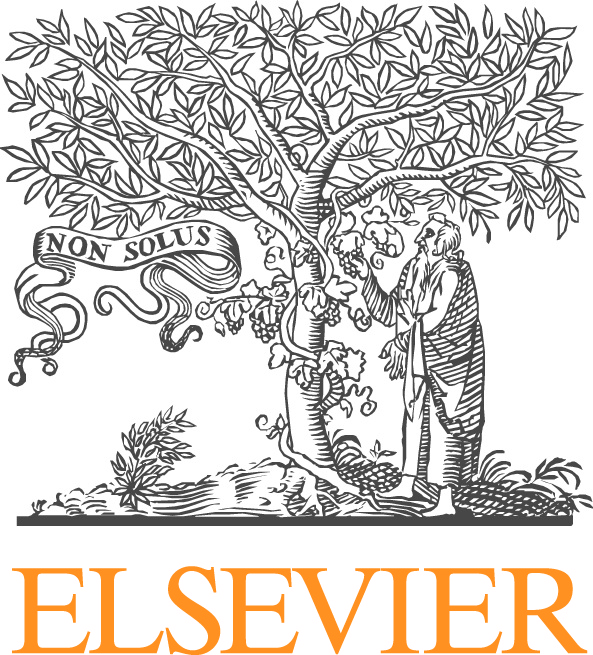
Computational Mechanics in the Big Data and Big Compute World
Abani Patra, Omar Ghattas
The primary objective in computational mechanics of predictive simulations is closer at hand due to recent developments in analyzing the outputs of large-scale simulations using “big data” techniques derived from statistics and machine learning and the use of specialized hardware, networking and software combinations enabling seamless handling of such large data with integrated analysis. Mechanics applications (e.g. coupling of multiple scales, uncertainty analysis of large field simulations, multi-physics couplings) are leveraging these new methodologies and hardware to develop new insights to attack grand challenges in complex systems ranging from multiscale materials modeling to coupled multi-hazard systems and global scale climate models. A key characteristic of such models and simulations is likely to be a careful integration of simulation and observation with suitable analytics on the outcomes of both driving the simulation or observation modalities. This minisymposium will focus on the special methodologies needed for mechanics applications to harness these new developments in data and computational methodologies and hardware/networking.










